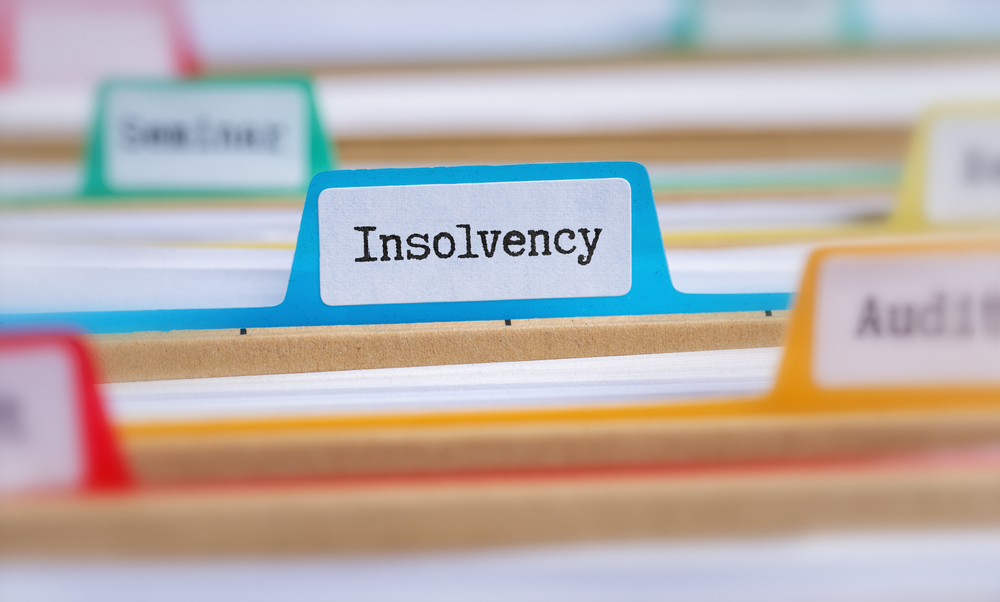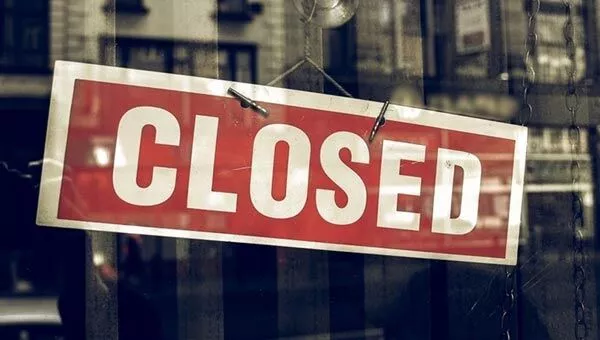
How Is an Insolvency Practitioner Appointed?
All insolvency processes require working with a licensed and regulated insolvency practitioner, but the method of appointment varies depending on the procedure.
There are three main ways an IP gets appointed in the UK :
- Voluntary Appointments: The company directors or the individual facing insolvency can choose an IP. This is common in situations like a Creditors’ Voluntary Liquidation (CVL).
- Court-Ordered Appointments: If a court issues a winding-up order, it may also appoint an IP during a Compulsory Liquidation.
- Creditor-Driven Appointments: In some circumstances, creditors can hold a meeting and vote to appoint an IP.
The appointment method significantly impacts the IP’s powers and duties. For example, an IP chosen by directors in a CVL will have different initial tasks compared to one appointed by the court in a Compulsory Liquidation.
Directors Appointing an Insolvency Practitioner
When a company faces financial difficulties, directors often play a proactive role by initiating the appointment of an Insolvency Practitioner (IP). This usually happens in two main scenarios: a Creditors’ Voluntary Liquidation (CVL) or administration.
CVL
In a CVL, directors take a series of steps:
- Resolution to Liquidate: Directors formally acknowledge that the company can’t continue operating due to its debts (liabilities).
- Selecting an IP: Directors choose a qualified IP to act as the liquidator, responsible for managing the company’s assets and distributing them to creditors.
- Meetings and Resolutions: Directors convene separate meetings for both shareholders and creditors.
- Shareholder Meeting: Shareholders vote on a resolution to approve the voluntary winding up of the company.
- Creditor Meeting: Creditors vote on a resolution to formally appoint the chosen IP as the liquidator.
Administration
Under specific circumstances, directors can initiate administration out of court using Paragraph 22 of Schedule B1 of the Insolvency Act 1986. However, this requires specific steps:
- Notifying Floating Charge Holder: Directors must inform any qualifying floating charge holder (a creditor with a security interest over the company’s assets) of the intention to enter administration.
- Court Filings: Directors need to file a notice of intention to enter administration, along with other required documents, with the court.
Although directors initiate the process, it’s crucial to remember that creditors also hold significant power. In a CVL, creditors can vote to approve or even replace the IP chosen by the directors during the creditors’ meeting. Similarly, for administration appointments, creditors have the right to challenge the appointment within eight weeks.
NB: Directors must ensure they comply with their duties when appointing an IP, as improper appointments can be challenged and may lead to personal liability.
Creditors Appointing an Insolvency Practitioner
Creditors play a significant role in the appointment of Insolvency Practitioners, particularly in compulsory liquidations and certain administration procedures.
Compulsory Liquidation
In a compulsory liquidation:
In specific situations, a qualifying floating charge holder (a creditor with a security interest in the company’s assets) can directly appoint an administrator out of court under Paragraph 14 of Schedule B1 of the Insolvency Act 1986. This requires notifying any prior qualifying floating charge holders and filing relevant documents with the court.
In both CVLs and administrations, creditors have the power to influence the choice of IP:
- In CVLs, creditors can nominate a different IP at the creditors’ meeting
- In administrations, creditors can replace the administrator at the initial creditors’ meeting
Court Appointment of Insolvency Practitioners
The court appoints Insolvency Practitioners in certain circumstances, particularly in compulsory liquidations and some administrations.
In compulsory liquidations
- Upon granting a winding-up order, the court initially appoints the Official Receiver as liquidator
- The court may appoint an IP as liquidator on the application of the Official Receiver or creditors
Administration
For administration, the court can appoint an administrator under Paragraph 12 of Schedule B1 of the Insolvency Act 1986:On application by the company, directors, or creditors
The court must be satisfied that the proposed IP is qualified and consents to act. It will consider any representations made by creditors or other interested parties regarding the choice of IP.
Official Receiver Appointing an Insolvency Practitioner
The Official Receiver (OR) plays a significant role in the appointment of IPs, particularly in compulsory liquidations and bankruptcies.
In compulsory liquidations
- The OR is initially appointed as liquidator by the court
- The OR may appoint an IP as liquidator if they deem it appropriate
- This often occurs in cases with significant assets or complex investigations
In bankruptcy
- The OR is initially appointed as trustee
- The OR may appoint an IP as trustee, typically in cases with substantial assets
Changing or Removing an Appointed Insolvency Practitioner
In certain circumstances, an appointed IP can be changed or removed:
- Creditors can vote to replace an IP in most insolvency procedures
- The court has the power to remove an IP on application by a creditor, director, or other interested party
- An IP may resign in specific circumstances, subject to regulatory and statutory requirements
Reasons for removal might include a perceived lack of independence, inadequate performance, or loss of confidence by creditors.







